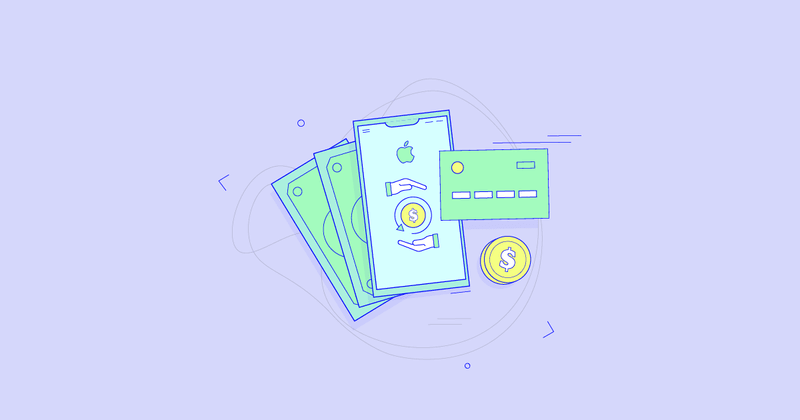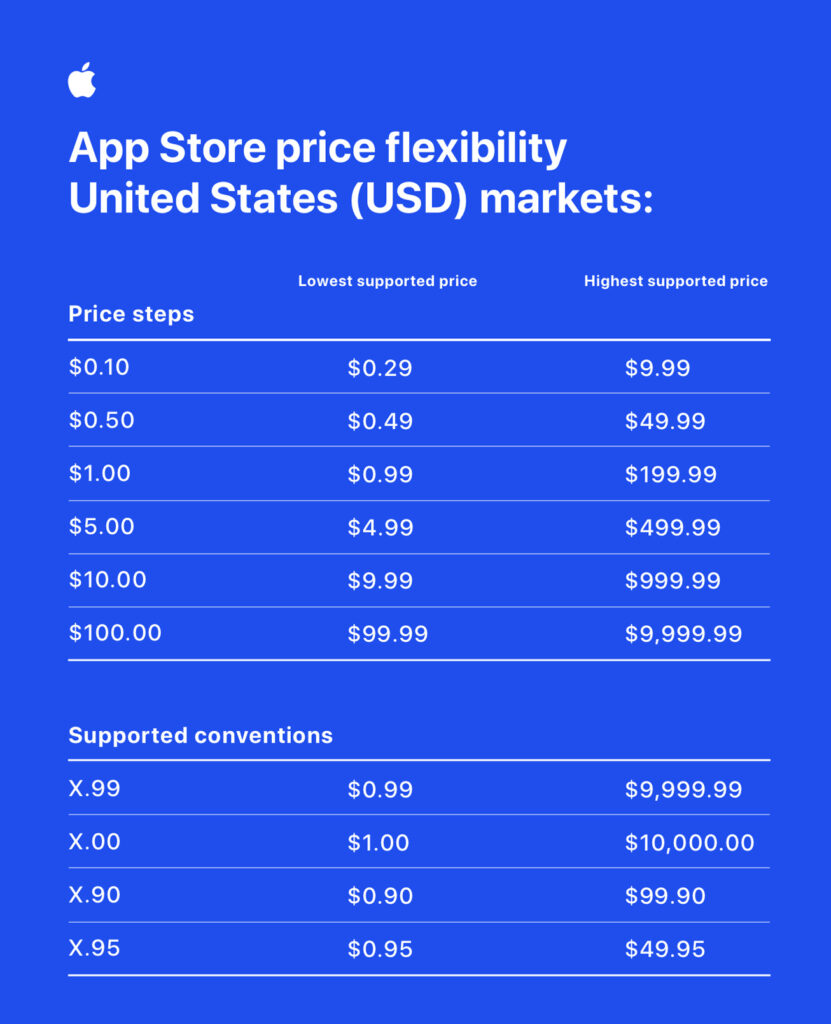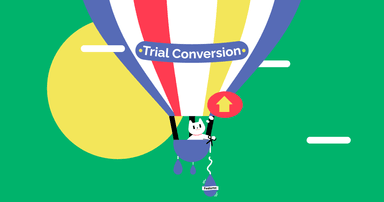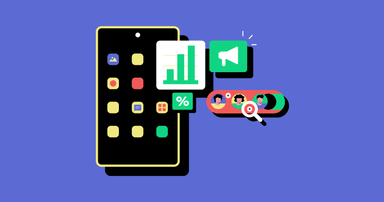App Store Pricing System update: 700 new price points
Apple announced changes to its App Store Pricing System - Read all about it


Rik Haandrikman
Apple just announced a massive update to the App Store pricing system. There are now 700 new price points and developers have more flexibility to manage prices across different local markets. This is what we know right now, what it means for your apps, and how RevenueCat fits in.
December 2022 changes to the App Store Pricing System
In a press release published on December 6th, Apple described it as “the biggest upgrade to App Store pricing since the platform launched”: A wealth of new price points, and the ability for developers to set prices in 45 currencies across 175 storefronts.
An announcement hot on the heels of their most recent price and tax changes for in-app purchases in multiple countries.
New price points
The biggest change in the App Store Pricing System is the addition of a whopping 700 additional price points. With this, the App Store offers previously unavailable levels of flexibility in setting prices that make sense for your specific app, audience, and business model.
With today’s changes, the lowest supported price for an in-app purchase on iOS becomes $0.29. Similarly, the highest possible price point for an in-app purchase increased to a respectable $10,000 USD.
There are also new price steps available, allowing developers to offer:
- $0.10 price steps between $0.29 and $9.99,
enabling – for example – a $1.19 or $7.39 price point - $0.50 price steps between $0.49 and $49.99,
enabling – for example – a $12.49 or $36.49 price point - $1.00 price steps between $0.99 and $199.99,
enabling – for example – a $77.99 or $108.99 price point - $5.00 price steps between $4.99 and $499.99,
enabling – for example – a $34.99 or $485.99 price point - $10.00 price steps between $9.99 and $999.99,
enabling – for example – a $110.99 or $870.99 price point - $100.00 price steps between $99.99 and $9.999.99,
enabling – for example – a $599.99 or $4.299,99 price point
Additionally, prices can now be rounded to $.00, .90, and .95 instead of all prices ending in 9. Through what we know of Apple internal decision making it’s unlikely that it played a role in making these changes to the App Store Pricing System, though they do allow a certain social network owning Billionaire to charge exactly $8.00 for his new “checkmarks as a service” product:
For the United States specifically, the chart Apple shared in their press release is incredibly helpful:

Local storefronts
Changes to price points and pricing conventions were announced alongside improvements to the App Store’s global equalization tools.
In the previous App Store Pricing System, you were able to set prices across all locations by picking a base currency, setting a price, and having Apple calculate local prices based on currency conversion, taxation, etcetera. You were then able to edit prices for specific countries or territories. If Apple then updated their local prices because of significant exchange rate or taxation changes like was last announced this September, the result would be numerous changes across markets, based on the changes in those markets compared to the USD.
This would then require you to go into App Store Connect, and revert changed prices to their original ones.
Now that Apple introduced the ability to keep your local currency constant in any of your storefronts, this should be easier. You now define where you set prices manually and opt to keep them constant regardless of fx or taxation changes, while the rest automatically follows Apple pricing changes based on your local currency.
You’ll still be able to go in and manually change those in App Store Connect, just like before.
What will the new App Store Pricing System mean for your apps?
The secret to the success of free to play gaming isn’t that “you can start for free”, it’s that you can pay as much or as little as you’re able to.
With the flexibility Apple introduced in this App Store Pricing System update, there’s an opportunity to get both granular and specific in your pricing. Offering (very) low price points for those with little purchasing power and (very) high price points for those with a lot, will enable you to maximise conversion as well as revenue per user.
Being aware of exactly what price points work in your primary market, and then locking those in place to ensure they don’t inadvertently change when Apple rolls out a pricing change, should remove a small but meaningful (and often forgotten) task from someone’s plate.
‼️ Note that, in previous price and tax changes in the App Store, auto-renewable subscriptions weren’t effected. Based on what we know today, it seems like – going forward – they will be updated similarly to how other prices are changed. In those cases, it should be possible to preserve prices for existing subscribers via App Store Connect, or manually change the new price back to the original.
Timeline for App Store Pricing System changes rolling out
The press release put out by Apple isn’t to clear in this regard, but this is our current interpretation:
Today
Subscription apps can use the new local storefronts to ‘lock in’ local pricing in markets they know well, and use this as a basis for automatic generation of prices across the other storefronts and currencies
Subscription apps can use the newly announced price points
Early 2023
Developers with paid apps and non-recurring in-app purchases will be able to lock in local territory prices, and can use the newly announced price points
This is what the new App Store Pricing System means for RevenueCat
Though these changes to the App Store Pricing System increase complexity, we believe that the added capabilities will be a net positive for those developers that embrace them. Pricing is a huge lever for apps, as SuperWall‘s Jake Mor shared with us in his 5 Paywall Tests to Grow App Revenue published on our blog earlier this year.
When you’re ready to test a $10 against a $1,000 a month recurring subscription, we’re ready to help you offer, measure, and grow those subscriptions. Both through our existing platform capabilities, deep integration with the services you use today (AppsFlyer, Braze, and Google Analytics for Firebase, to name but a few), as well as some new functionality about to be released very (very) soon.
Not using RevenueCat yet? Sign up and start exploring, or talk to us to discuss your app’s specific needs.
Stay tuned!
In-App Subscriptions Made Easy
See why thousands of the world's tops apps use RevenueCat to power in-app purchases, analyze subscription data, and grow revenue on iOS, Android, and the web.



